I began this four day period at Rainham Marshes as the weather had improved to suggest the arrival of summer migrants. The walk from the station through Rainham West bore that out with two singing Sedge Warblers. It’s good to get the first ones for the year even if these early arrivals sing from low down in the reeds and remain hidden; give them another two weeks and they’ll be leaping off bramble bushes to perform their display flights in the hope of attracting Mrs Sedge.
I took the route via the barges and as I walked across the car park a Fox brazenly walked up to me hoping I’d offer it a free breakfast. All it got from me was its picture taken. It’s a shame that some people have to treat wild animals as pets and feed them; urban Foxes are perfectly capable of finding their own food.
.JPG) |
| Fox |
I carried on along the river and then took the path up over the tip in the hope of a Wheatear but I wasn’t in luck, however I did hear my first Med Gull of the year calling although I couldn’t locate it. The Barnacles were still on Wennington but I couldn’t find anything else of note until a Swallow flew over the Serin Mound. Aveley Bay still contained its regular waders. I met Andy by the visitor centre who’d just found a Black Redstart on the river wall. I saw it fly across behind some trees and we tried to locate it but it had completely vanished.
After a pause for a coffee at the centre I did a circuit of the reserve. The sunny weather and light breeze continued to offer hope of more migrants but they remained hidden from me. Near Aveley Pool I ran into a close male Bearded Tit which eventually showed well despite never coming fully out into the open.
.JPG) |
| male Bearded Tit |
I heard another Sedge Warbler by the Targets where the Ruff was still hanging around. I managed to walk past a Wheatear without seeing it but I’m sure I’ll catch up with one over the next few days.
I spent Saturday morning at Brent Reservoir. The drake Garganey was still present, having now clocked up a week here but aside from more Blackcaps and Chiffchaffs, there were no other summer visitors.
The following day I decided to pop down to the Wetland Centre as they have early opening on Sundays for members. It was nice to walk around without hordes of screaming kids and I saw a lot more birds than usual including Willow Warbler and a Collared Dove, neither of which I’d previously recorded here.
.JPG) |
| Collared Dove |
At the wader scrape the number of Sand Martins had increased since my last visit and I also saw a pair of Mandarin fly past. I spent most of my time in the Peacock Hide. I couldn’t locate the pair of Garganey that had been around for a few days (typically they were seen later in the day) but did see my first Wheatear of the year and a Jack Snipe.
I was back at Brent the next day; the Garganey actually showed well for most of the morning, even displaying to the female Teals. They weren’t interested as they were already paired up. Four House Martins flew around, a relatively early date to see them, although a couple of other sites in London also recorded their first ones today. The sun had brought out quite a few butterflies and I managed to get in a transect although I only saw a Green-veined White on my route.
This was my last UK birding for a week as I had a week long trip to Saudi Arabia beginning the following morning.
.JPG)
.JPG)
.JPG)
.JPG)
.JPG)
.JPG)
.JPG)
.JPG)
.JPG)
.JPG)
.JPG)
.JPG)
.JPG)
.JPG)
.JPG)
.JPG)
.JPG)
.JPG)
.JPG)
.JPG)
.JPG)
.JPG)
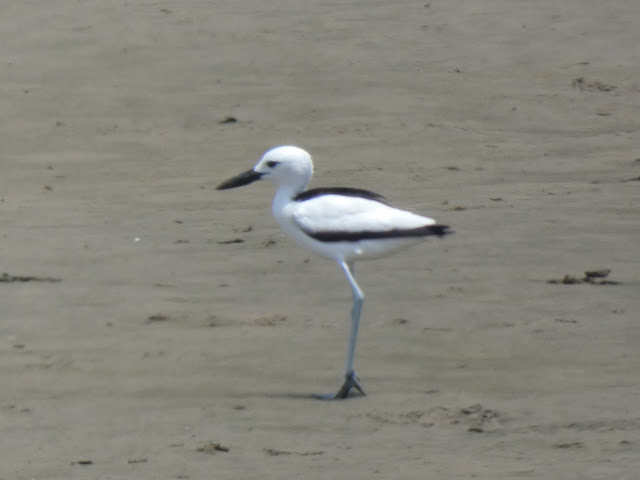.JPG)
.JPG)
.JPG)
.JPG)
.JPG)
.JPG)
.JPG)
.JPG)
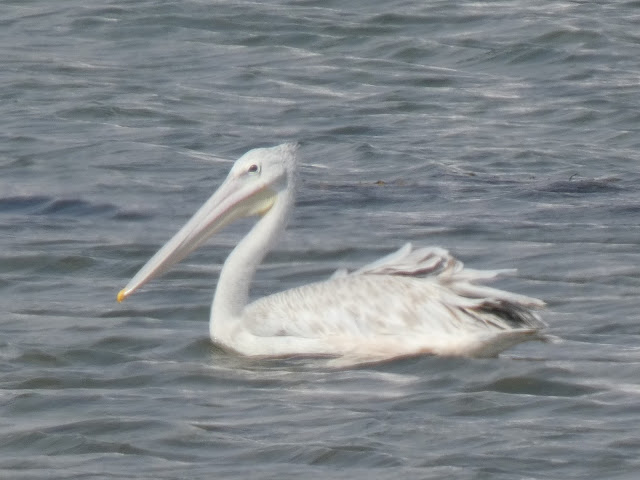.JPG)
.JPG)
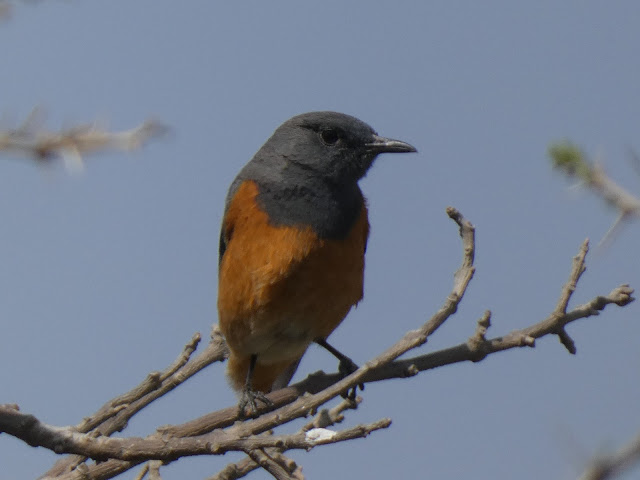.JPG)
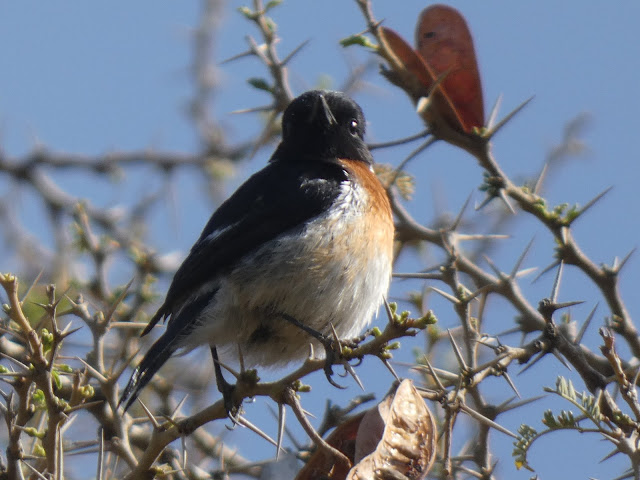.JPG)
.JPG)
.JPG)
.JPG)
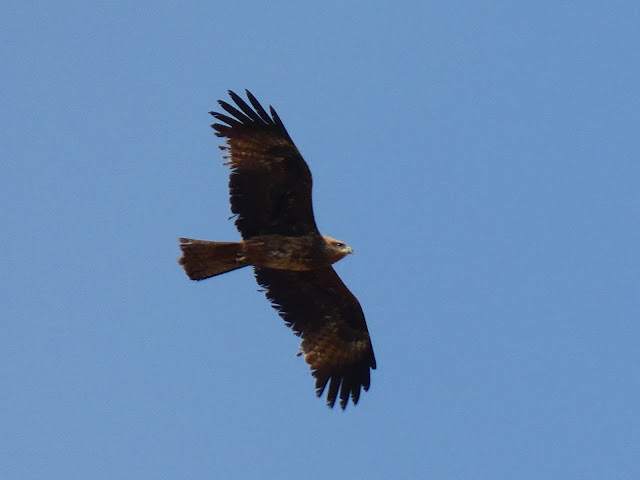.JPG)
.JPG)
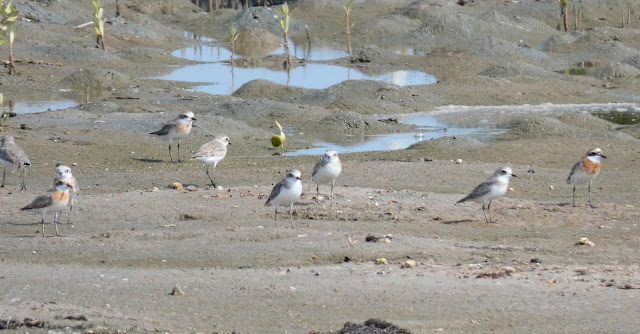.JPG)
.JPG)
.JPG)
.JPG)
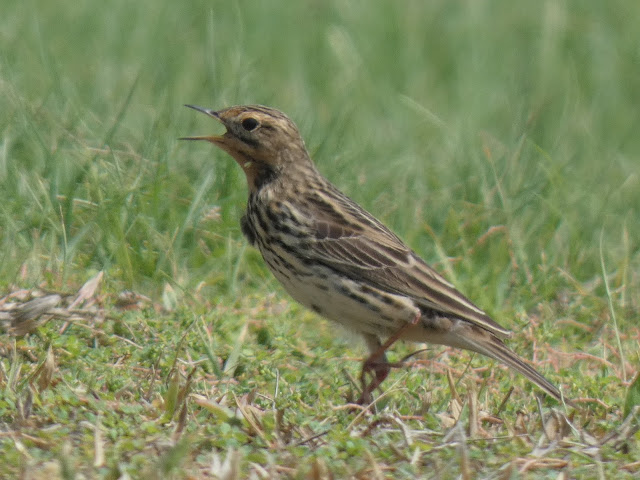.JPG)
.JPG)
.JPG)
.JPG)
.JPG)
.JPG)
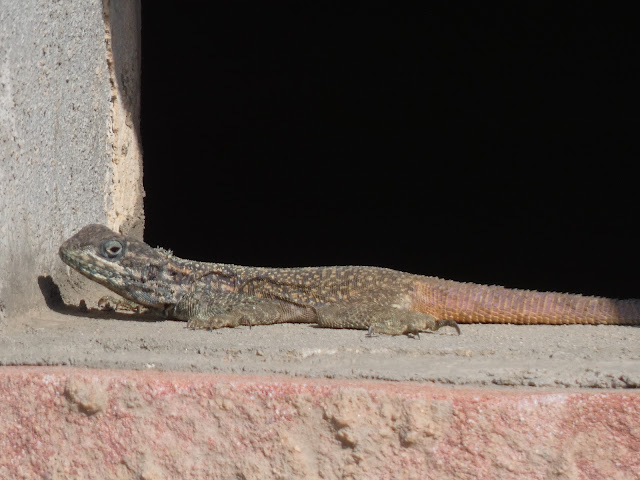.JPG)
.JPG)
.JPG)
.JPG)
.JPG)
.JPG)
.JPG)
.JPG)

.JPG)

